- No products in the cart.
Dolobene gel 90g tuba
$10.71
Dolobene gel 90g tuba
Description
Composition
Active substance:
100 g of gel contain: Sodium Heparin 50000 IU, dexpanthenol 2.500 g, 16.660% dimethylsulfoxide, 90 g (on dry basis) of (15.000 g).
Excipients:
Polyacrylic acid 1,000-1,400 g, Trometamol 0,200-0,300, macrogol glitserilgidroksistearat (Cremophor CO 455) 1.000 g isopropanol 35.000 g, rosemary oil 0.200 g, mountain pine oil 0.250 g, 0.050 g citronella oil, purified water 42,023-42,913 g
Description:
Anticoagulant means of direct action for local application + other drugs. Sodium heparin in combination with other drugs.
Product form:
Gel for external application.
Tubes aluminum 50 g, 90 g or 100 g
Contraindications
Hypersensitivity, liver and / or renal failure, bronchial asthma, expressed human CAS (severe angina, myocardial infarction, stroke, arteriosclerosis expressed), pregnancy, lactation, infancy (up to 5 years), the simultaneous application of drugs containing sulindac (NSAIDs ).
Dosage
500 IU + 25 mg + 150 mg / g
Indications
Bruising, inflammation of the soft tissues, muscles, tendons, tendon sheaths, ligaments, after injuries, compression injuries. Frozen shoulder, shoulder epicondylitis (tennis elbow), tendinitis, tenosynovitis, bursitis; arthritis, osteoarthritis deformans (if lesions periarticular tissues); acute neuralgia, radiculitis; thrombophlebitis, trophic ulcers.
Interaction with other drugs
Simultaneous use of the local al. PM (typical poorly penetrating through the skin) greatly enhances their absorption. For the avoidance of side effects, etc. should not be applied. Substance or drug on the treated skin for several hours before and after the application, if necessary, this area is carefully cleaned before application of the gel. When concomitant administration with sulindac may cause the development of peripheral neuropathy.
pharmachologic effect
Pharmacodynamics:
Dimethyl sulfoxide (DMSO).
DMSO has anti-inflammatory, anti-edema and local anesthetic action. Antiinflammatory activity is associated with some pharmacological effects, the most significant of which is the inactivation of hydroxyl radicals, are produced in large quantities during the process of inflammation and can have devastating effects on the tissue. DMSO has a local analgesic effect by reducing the speed of the nociceptive (pain) pulses in peripheral neurons. Anti-edema effect of hydroxyl radicals is provided by inactivation and improvement subcutaneous metabolic reaction at the site of the drug. To a certain extent, the hygroscopic properties of DMSO are also responsible for its anti-edema effect. DMSO (50% or more) penetrates through biological membranes, including the skin, contributing to a better and deeper penetration into the fabric used simultaneously with other medicines.
Heparin. Heparin has anti-inflammatory action, promotes the regeneration of connective tissue due to inhibition of hyaluronidase activity. Heparin exhibits a dose-dependent antithrombotic effect, amplifying the inhibitory activity of antithrombin III activation of prothrombin and thrombin. Penetration through healthy skin heparin is dose dependent and is supported for dosages ranging from 300 IU / g.
Dexpanthenol. When applied topically to the skin dexpanthenol transformed into pantothenic acid (vitamin B group). The efficacy is comparable with dexpanthenol pantothenic acid efficiency. Pantothenic acid is a component of coenzyme A is involved in a variety of catabolic and anabolic processes in tissues, by improving epithelization and granulation processes promotes regeneration of damaged skin.
Pharmacokinetics:
Dimethyl sulfoxide (DMSO).
Physiological concentration of DMSO in normal plasma is 40 ng / ml. After 6 hours after application of the preparation the maximum concentration in plasma is 120 ng / ml and maintained until 12 hours after application. After 60 hours of applying DMSO concentration in blood plasma reaches the physiological level of 40 ng / ml. 12-25% DMSO absorbed is excreted within the first 24 hours and 37-48% output for 7 days in an unmodified form through the kidneys or in the form of a metabolite (dimethyl sulfone). 3.5-6% of DMSO is output through the lungs in the form of dimethyl sulfide after 6-12 hours after applying the drug. When applied to 1 g of dimethylsulfoxide, 3 times a day for 5 days, its average content in the site of application on the skin of 3 mg / g, the average content in the underlying muscle tissue and the synovial membrane in place synovial compound 7-10 mcg / ml, in the synovial fluid – 0.8 g / g. DMSO concentration in plasma was 0.5 mg / g. DMSO half life is 11-14 hours.
Heparin. When applied topically heparin absorbed slightly.
Dexpanthenol. For exterior use dexpanthenol in skin is transformed into pantothenic acid. Good absorption of dexpanthenol confirmed experimentally.
Pregnancy and breast-feeding
Use during pregnancy.
As the research data on the drug no pregnant women, its use in pregnancy is contraindicated.
Use during lactation.
Dimethyl sulfoxide passes into breast milk, so during the use of the drug should stop breastfeeding.
Conditions of supply of pharmacies
Without recipe.
side effects
skin flushing, itching, burning sensation in the area of application, allergic reactions (urticaria, angioneurotic edema), garlic smell of sweat, breath (due dimethyl – metabolite dimethylsulfoxide), change in taste.
special instructions
Before use, place of application must be released from the others. PM and dirt. It should not be applied to mucous membranes, open wound surface and on the previously damaged skin (e.g., after irradiation with dermatitis, dermatosis, postoperative scars).
Storage conditions
Store at a temperature not higher than 25 C.
Dosing and Administration
The gel was applied thinly to the diseased skin area or around it, by avoiding application directly to wounds and abrasions, evenly distributed over the surface of the skin with light rubbing movements, 2-4 times per day.
Upon application of the gel dressings used breathable dressing only after greater penetration of the gel into the skin and evaporation of contained in the composition (few minutes) the alcohol preparation.
When using the iontophoretic route of administration gel is applied under the cathode, given anionic properties of heparin. When phonophoresis preparation being suitable contact gel containing active substances complements physiotherapy action of ultrasonic waves.
Duration of treatment is individual and depends on the severity and course of the disease, effectiveness of therapy.
Information
Appearance may differ from that depicted in the picture. There are contraindications. You need to read the manual or consult with a specialist
Additional information
| Weight | 0.100 kg |
|---|---|
| Manufacturer | TEVA |

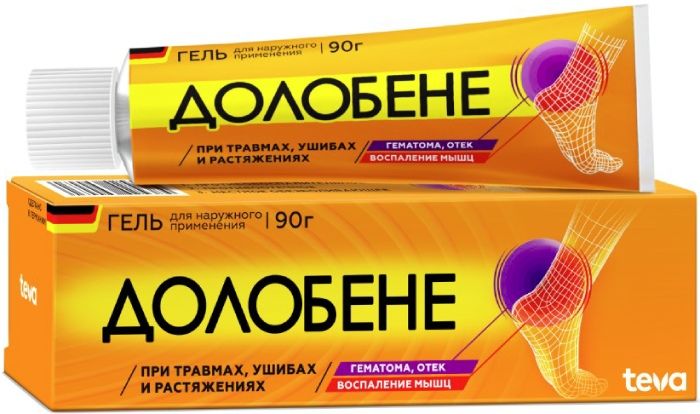
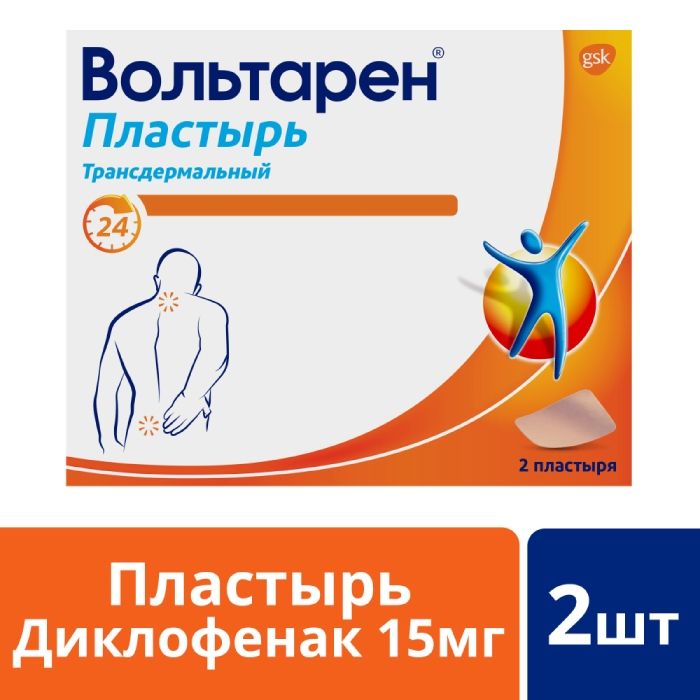
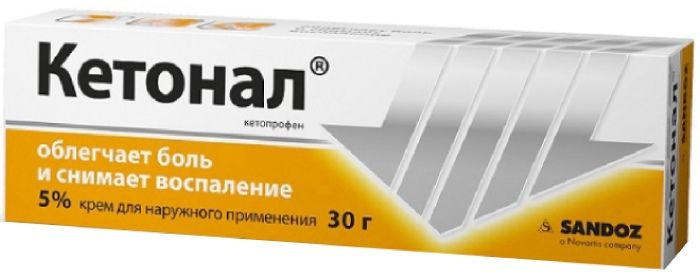
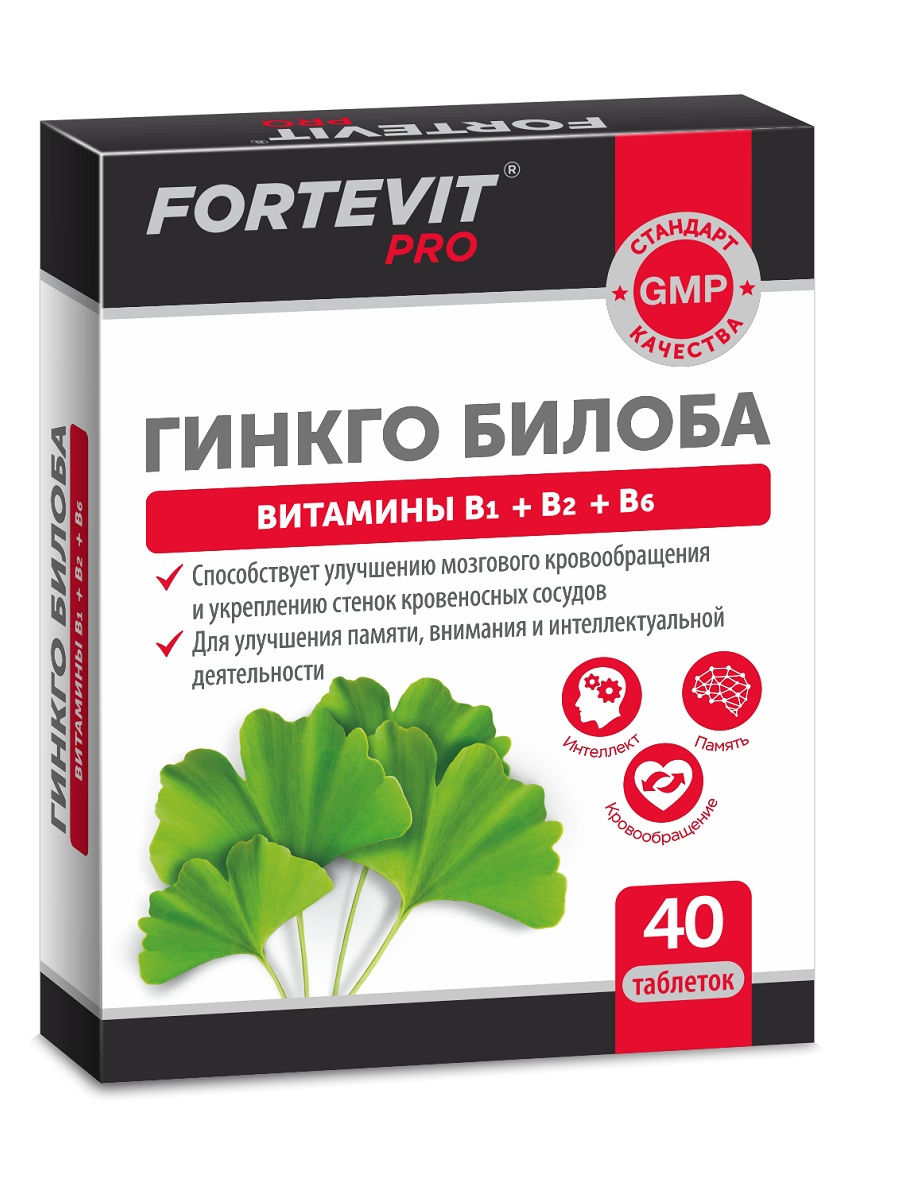
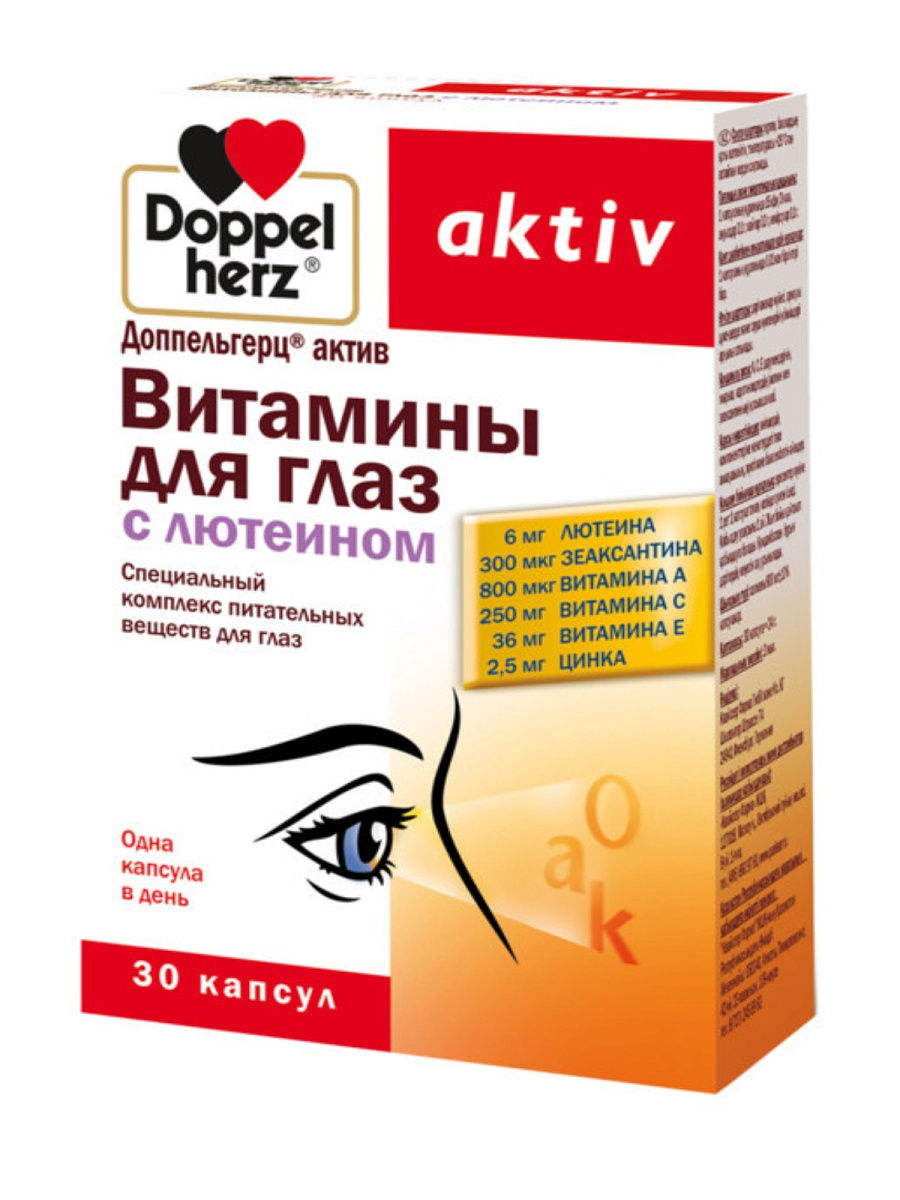
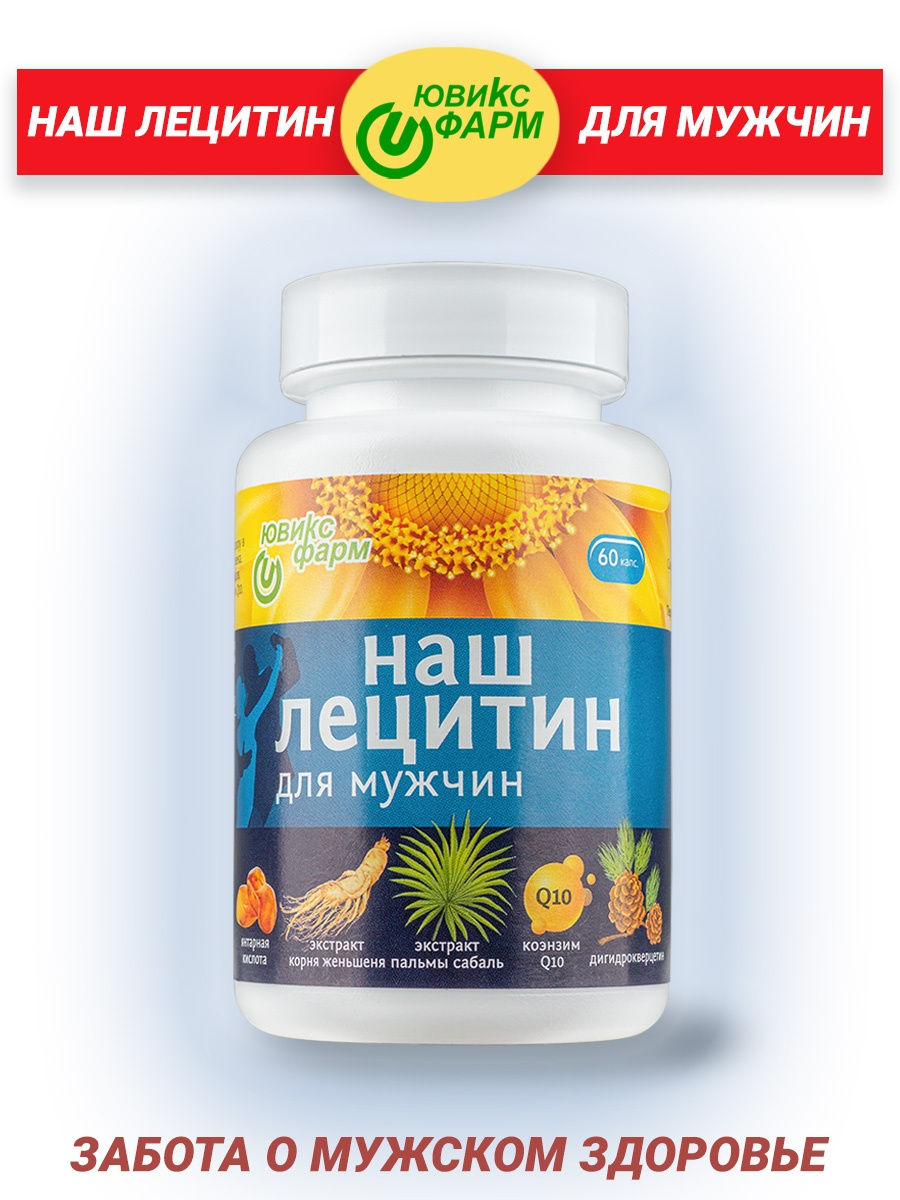

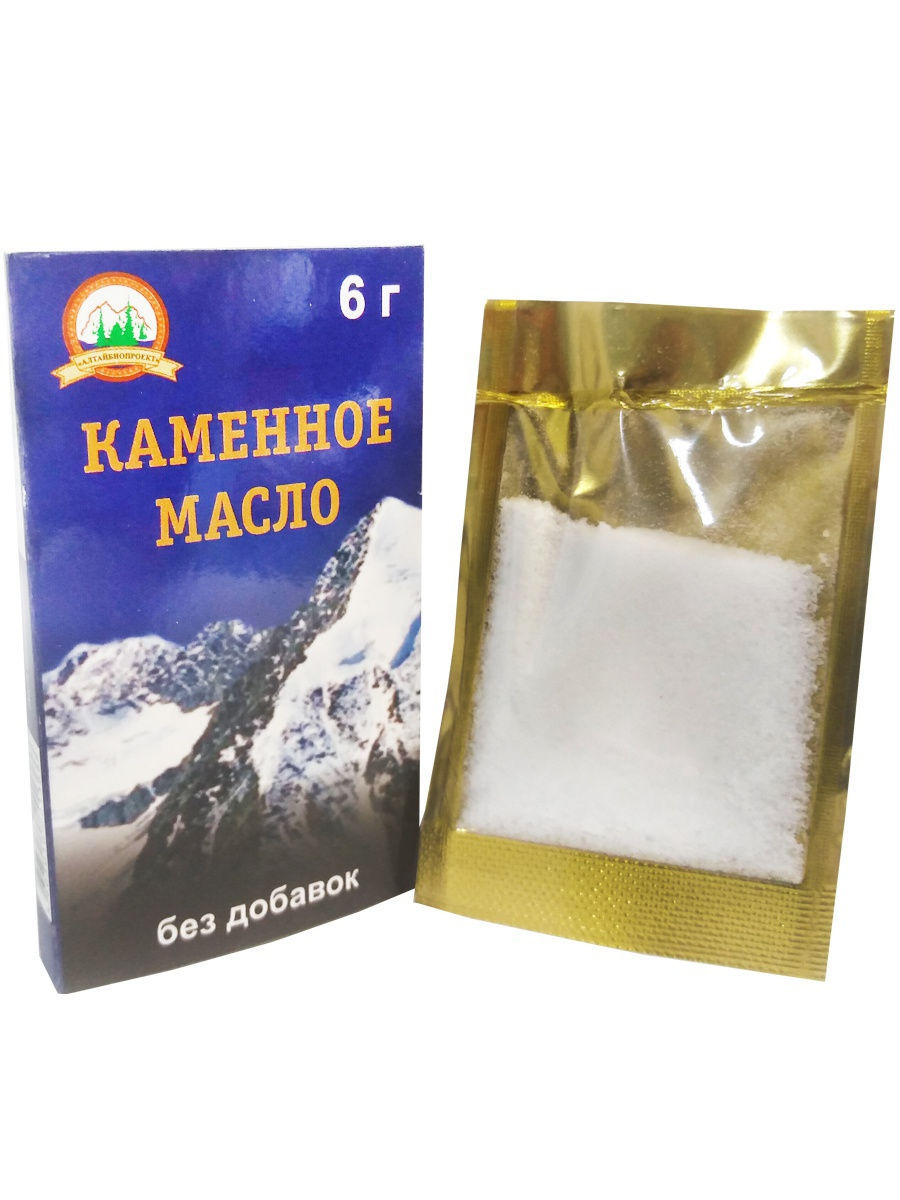
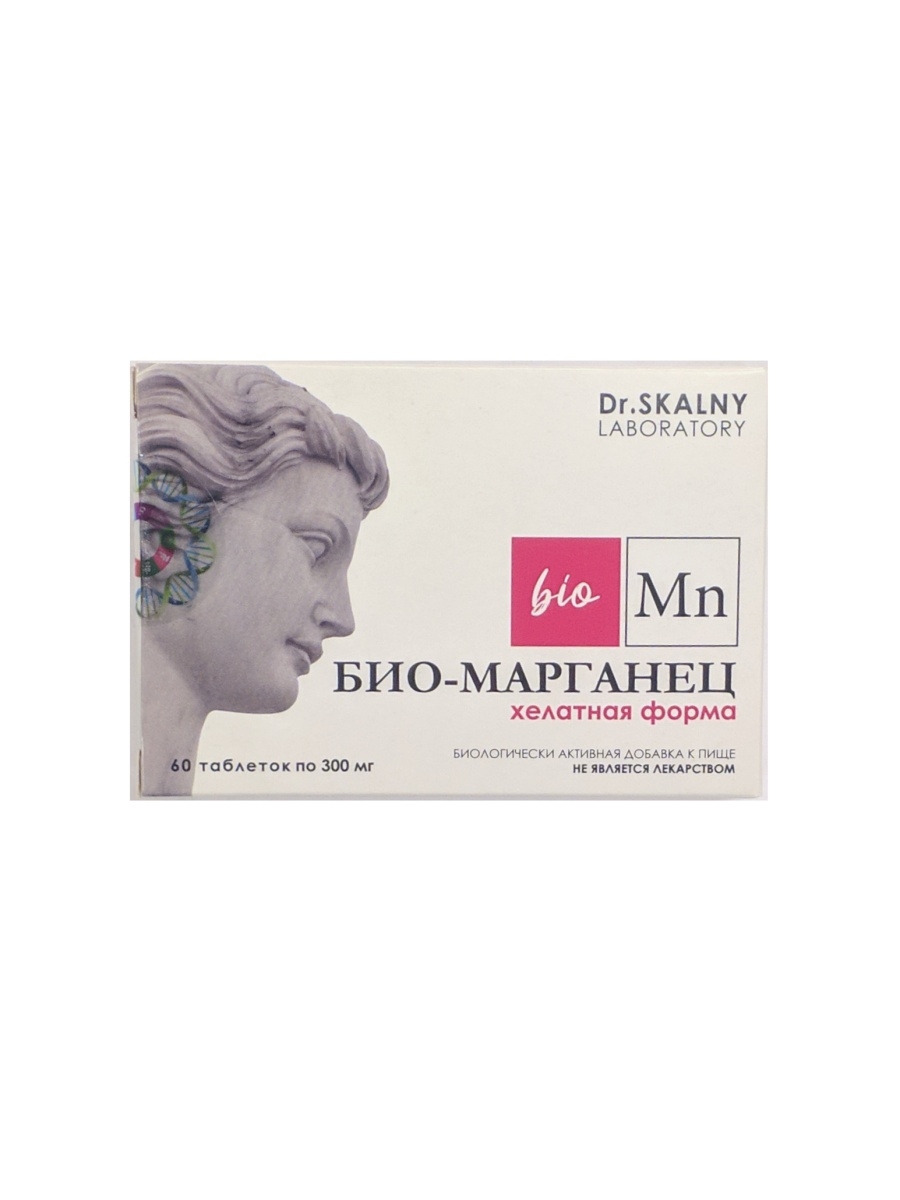



There are no reviews yet.